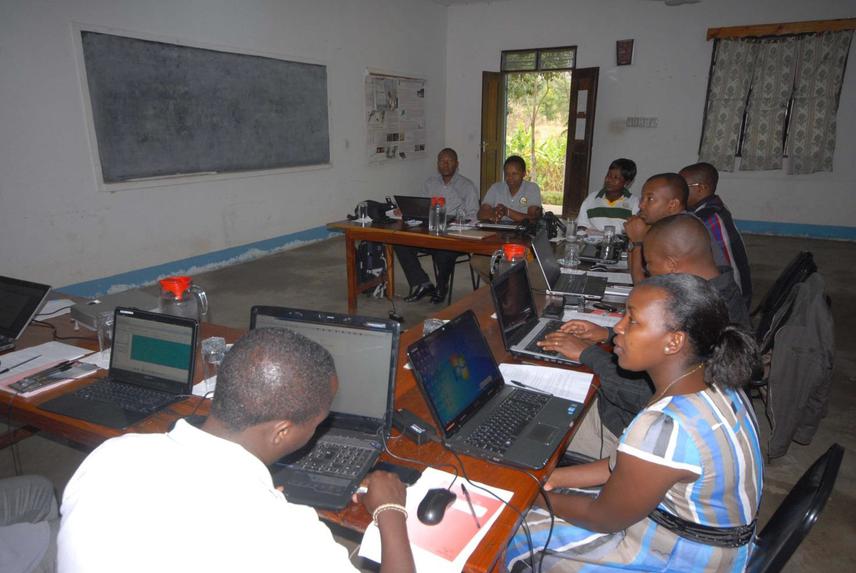Francesco Rovero
Other projects
12 Sep 2002
Conservation Biology of the Udzungwa Red Colobus and the Sanje Mangabey in the Udzungwa Mountains, Tanzania
24 Jul 2008
Ranger and Community-Based Monitoring of Biodiversity in the Udzungwa Mountains of Tanzania
20 Mar 2012
Boosting Local Capacity for Ecological Monitoring: Long-Term, Integrated Research and Conservation Programme in the Udzungwa Mountains, Tanzania
Complete a 10-year programme of integrated capacity building for standardized biodiversity monitoring and research, to provide scientific-sound knowledge of conservation relevance.

The programme completion is articulated in two main components that take on from previous efforts in the Udzungwa Mountains of south-central Tanzania, a global hotspot of biodiversity: (1) complete the standardization of monitoring schemes through supporting the Udzungwa Mountains National Park (and other TANAPA parks at national level) to adopt the Tropical Ecology, Assessment and Monitoring (TEAM)’s Terrestrial Vertebrate monitoring protocol (that uses camera trapping systematically) as a tool towards a national monitoring strategy on mammals; and (2) complete the Eco-Gen-Phi research programme on the Udzungwa-endemic red colobus Procolobus gordonorum (integrated approach to the study of threatened species) by finishing the data collection at a fifth site (Ndundulu-Luhomero forest) and conduct the synthesis analysis on the whole dataset which is critical to demonstrate the value of the multi-disciplinary approach itself.
The first component continues the capacity building of local personnel towards standardized monitoring for the introduction of simple, but scientifically robust approaches to ecological monitoring. Having consolidated the long-term primate monitoring, and having introduced the transect-based large mammal monitoring, the systematic use of camera trapping appears a very suitable tool for standardization. The added value of introducing TEAM’s systematic protocol (http://www.teamnetwork.org/protocols/bio/terrestrial-vertebrate) is that it allows to derive the Wildlife Picture Index, an indicator of trends in mammals’ community dynamics (sensitive to both species richness and abundance) which became in 2013 an official CBD indicator towards monitoring progress of Aichi targets 12 (http://www.bipindicators.net/wildlifepictureindex). The second component is designed as the most efficient way to complete the multi-disciplinary research on the flagship Udzungwa red colobus. Completing the sampling at a fifth, large and important forest will provide the data to address the ecosystem-wide, meta-population level of analysis by studying five major meta-populations across the whole Udzungwa range.
The activities of the project will result in the following outcomes in the short-term:
- completed process of capacity building for autonomous ecological monitoring by the Udzungwa Mountains National Park;
- the Udzungwa model continues to be used replication in other parks in Tanzania;
- this will lay the foundation for integration into the national monitoring strategy of the Terrestrial Vertebrate protocol as a tool to derive the Wildlife Picture Index and contribute measuring progress towards Aichi targets;
- create a synthesis, spatially-explicit population model where ground data (ecological, genetics and physiological) are integrated with remote sensing data to map habitat suitability;
In the medium- and long-term, the overall programme will have contributed to place Udzungwa among the examples at national and regional level of a protected area that actively addresses biodiversity research and monitoring for conservation.